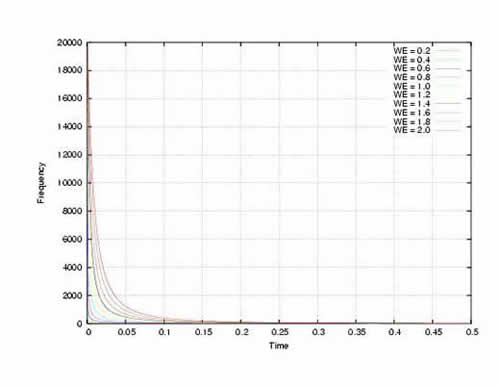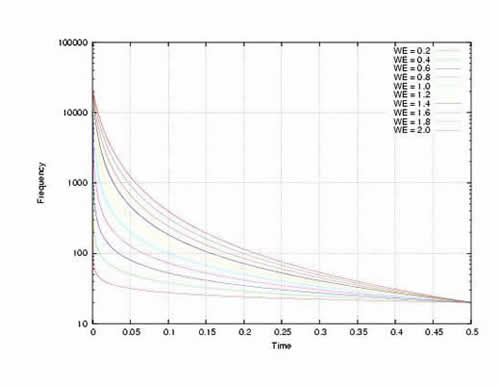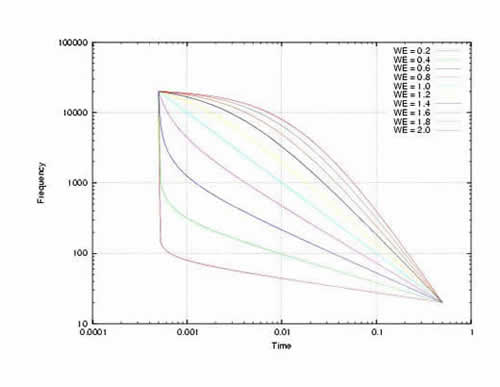- AccurateRip
- Acoustid
- AES/EBU
- AirPlay
- Amplifier
- aptX
- Audio file formats
- ASRC
- AVB
- Bit perfect jitter
- Bits: 16 or 24
- Bit perfect playback
- Bitrate
- Bluetooth
- Burn-in
- BWF
- Cables
- CDtext
- Chromecast
- Clipping
- Clock
- Codec
- Compression
- CRC
- Crossover
- Cue sheet
- DAC
- Damping
- DASH
- Digital
- Digital Room Correction
- Dither
- DLNA
- Drivers
- DoP
- DSP
- EBU R128 (loudness)
- FFT
- FireWire
- Freedb
- Gapless playback
- Generation loss
- HDMI
- Headphone listening
- Hearing
- Hires recording
- Homeplug
- I2S
- ID3
- Inter sample peak
- LDAC
- Linearity (DAC)
- Memory playback
- Music Server
- OCF
- OFC
- PCM
- Perception
- RAID
- ReplayGain
- Ripping
- RFI
- RIAA
- Router
- Sampling, up and over
- Sample Rate Conversion
- Speakers
- S/PDIF
- Storage
- Sync
- Tagging
- Toslink
- Transcoding
- UAA
- Units
- UPnP
- USB
- VST
- WiFi
- WiSA
DRC
Digital Room Correction is using a processor to correct the interaction between the speakers and the room.
Proper DRC requires to measure the response using a calibrated microphone at the listening position.
This measurement is used to generated a target curve, one that compensate for the amoralities caused by the interaction between room and speakers.
A simple DRC is like a parametric equalizer where each channel is individually compensated. This is correcting for frequency response.
A more refined approach is to correct the time domain as well e.g. impulse response.
To correct the response the processor must analyze the signal send to the speakers.
This requires a window of certain length.
This signal is combined with the target curve.
This requires convolution, a program modifying the signal with the target curve.
DRC software can be found here.
Hardware solutions can be found here.
Limitations
Denis Sbragion, the developer of DRC, is very modest about the possibilities of Digital Room Correction.
Being the developer of DRC I'd like to say otherwise, but for the most part what Lars say is true. Despite all the efforts placed in it DRC is able just to correct a minimum part of the room problems. For example take a look at this picture:

This is what gets corrected in the time/frequency plane for various values of one parameters of DRC, and pretty much defines the physical limit for electronic correction. The part corrected is the one below the curves, and the default value for the parameter is 1.0. As a rough estimation I would say that no more than 2% to 3% of the whole response gets corrected.
By luck our ear sees this time frequency/plane in a "distorted" logarithmic fashion. Following this view the picture above becomes this one:

Here things get better, and from our ear point of view I would say that about 20% to 30% gets corrected. BTW it is still no more than 1/3 of the actual room problems.
Some people have argued that for such short period of time even the time scale should be considered logarithimc. If this assumption is true the graph above becomes like this:

In this graph about 50% of the plane gets corrected, but I'm not convinced that the "early log perception" assumption is true, so I stick with "no more than 20-30%". BTW this graph is quite usefult to understand where the physical limits for room correction are placed and how my DRC program works.
After saying this I have to add some more to the topic. Even though so little can be corrected electronically it doesn't mean it isn't worth the effort. There are some thing to take into account:
- Electronic correction gives its best in the bass range, i.e. exactly where traditional passive correction is more problematic and require big elements that are difficult to place, expecially within normal listening rooms
- About in the same range where digital room correction is effective it is concentrated most of the musical signal, and this is also the range where our ear focuses while listening to music
- Electronic correction corrects also the direct sound, where passive correction has no effect at all
So it's clear that combining the two options (passive and active) is probably going to provide results that are really close to perfection even within normal listening rooms, where a complete passive correction is always difficult and sometimes impossible, for the quite obvious reasons that often the listening room is also a living room.
Source: http://www.duffroomcorrection.com/wiki/Room_correction_limits
- Digital room equalisation - Michael Gerzon 1991
- DRC: Digital Room Correction - Denis Sbragion
- Acoustic and Psychoacoustic issues in Room Correction - James D. (jj) Johnston & Serge Smirnov
- Digital Room Correction Designer - Alan Jordan
- The myth of generic optimum room dimension ratios - KlausR
-
Digital Room Correction with AudioVero's Acourate - Archimago's Musings
- Simplified REW Setup and Use (USB Mic & HDMI Connection) Including Measurement Techniques and How To Interpret Graphs - AVS Forums 2013

